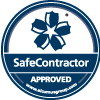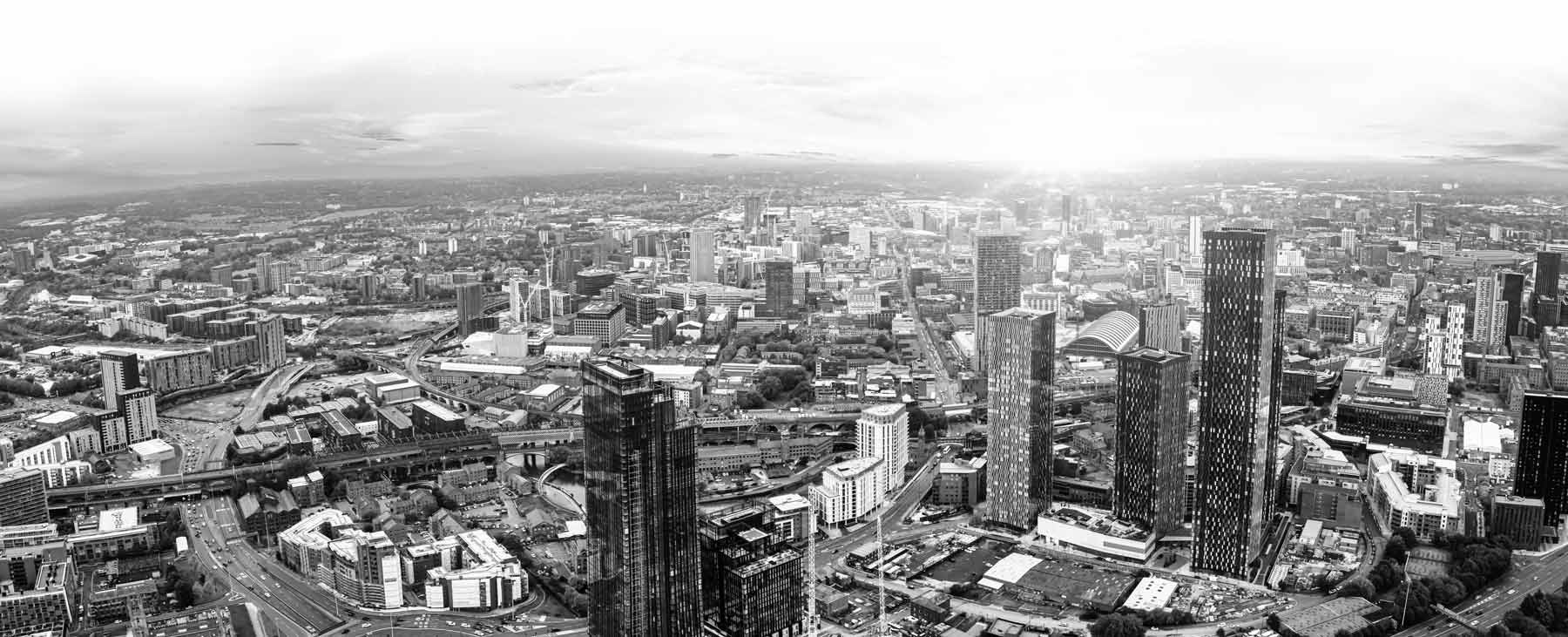Building Maintenance
equipment spotlight
It’s well known in business that people make the world go round.
They complete the transactions, fill in the order forms, deliver the materials to and from sites, and even clean the gutters!
However, these individuals couldn’t complete the amazing work they do without a helping hand and I’m not talking about from other humans…
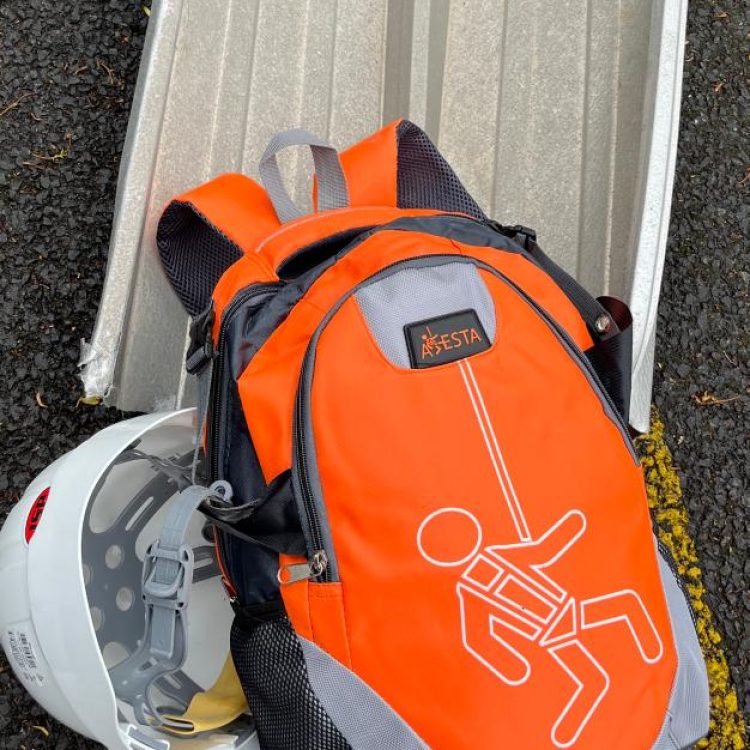
… but from the equipment used on a daily basis to support employees in their goal of providing the best service possible to the valued clients of RPMG!
And so our employees don’t steal the entire show, it was decided we’d complete an equipment spotlight, showcasing the specialist tools we use to provide a fully comprehensive service, to every customer, any time, at any place!
So without further ado, let’s get into it…
Access Equipment
MEWPS (Mobile Elevated Work Platforms):
MEWPs, also known as aerial work platforms or cherry pickers, are versatile machines designed to provide safe access to elevated work areas. They consist of a platform or bucket attached to an extendable arm or scissor lift mechanism. The primary function of MEWPs is to lift workers and their tools to various heights, allowing them to perform tasks such as maintenance, construction, or repairs at elevated locations. MEWPs come in various types, including scissor lifts, boom lifts, and personnel lifts, each suitable for specific applications and heights.
Spider Platforms:
Spider platforms, also known as spider lifts or compact tracked lifts, are versatile aerial work platforms designed for accessing confined and complex spaces. They function as mobile elevated platforms equipped with extendable arms or booms. Spider platforms are highly manoeuvrable and can be positioned with precision in narrow areas. Their primary function is to provide elevated access to perform tasks like tree trimming, maintenance in tight urban spaces, or work in indoor environments with limited access.
Spider Cranes:
Spider cranes, also known as mini cranes or compact cranes, are compact lifting machines designed to handle heavy loads in constrained spaces. They feature articulating arms and can operate in tight quarters. The primary function of spider cranes is to lift and position heavy objects or materials, making them valuable in construction, building maintenance, and other industries where precise and heavy lifting is required in confined areas.
Rope Access Equipment:
Rope access is a specialized technique used for working at heights and accessing hard-to-reach places, especially in industries like construction, maintenance, and window cleaning. The primary function of rope access involves technicians using ropes, harnesses, and associated equipment to descend, ascend, or traverse vertically or horizontally. Rope access is a cost-effective and efficient method for tasks like building inspection, maintenance, painting, and repair in challenging environments, such as high-rise buildings or cliffs.
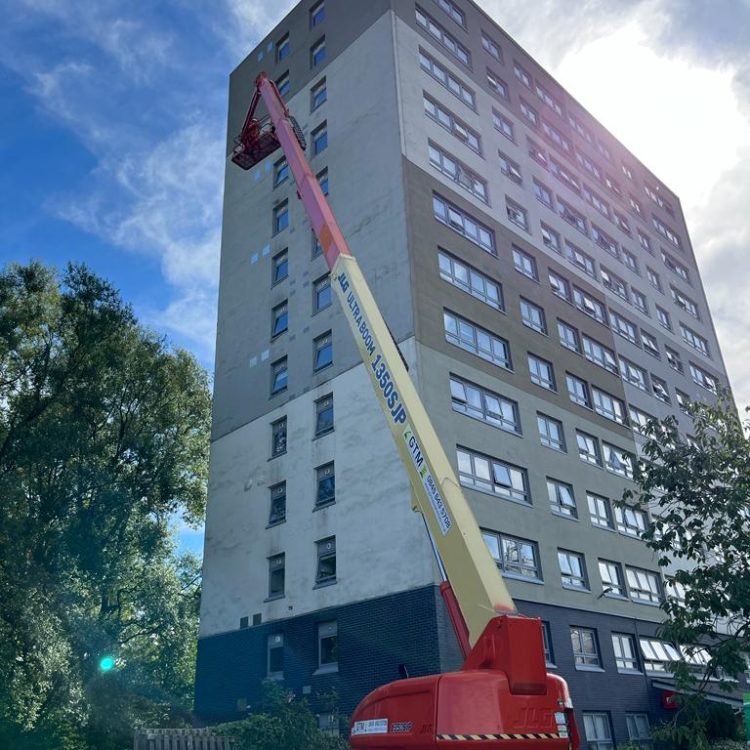
Fall Protection/Access Equipment
Edge Guard Permanent:
Edge guard permanent systems are designed to provide long-term fall protection and safety on elevated surfaces such as rooftops, walkways, or construction sites. These systems consist of permanent guardrails, fencing, or barriers installed along the edges of elevated platforms. Their primary function is to create a physical barrier that prevents accidental falls and ensures the safety of workers and visitors. Edge guard permanent systems are a crucial component of rooftop safety measures and are designed to withstand various weather conditions and provide continuous protection.
Edge Guard Temporary:
Edge guard temporary systems serve a similar function to their permanent counterparts but are designed for short-term or temporary fall protection needs. They are portable and easy to set up, making them ideal for construction sites, maintenance work, or events that require temporary edge protection. Temporary edge guards typically consist of lightweight, yet sturdy, components that can be quickly assembled and disassembled as needed. They provide a safe working environment for tasks performed at height.
Horizontal Lifeline Systems:
Horizontal lifeline systems are fall protection solutions that provide continuous anchorage for workers engaged in tasks requiring horizontal movement along elevated surfaces. These systems consist of cables, anchors, and connectors that are securely installed at different heights. The primary function of horizontal lifeline systems is to allow workers to attach their harnesses to a moving anchorage point, enabling them to traverse horizontally while maintaining fall protection. These systems are commonly used in construction, maintenance, and industrial settings to prevent falls during work at height.
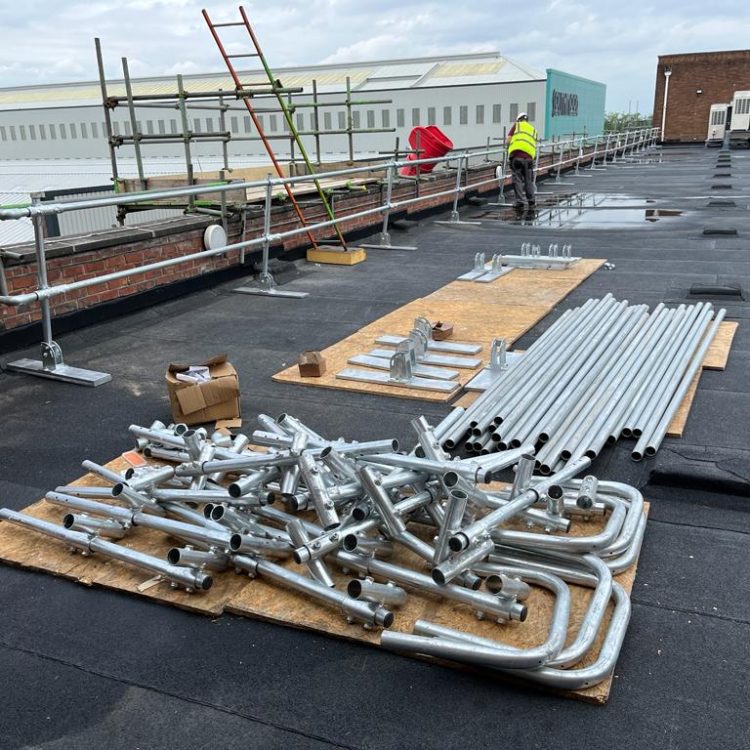
Walkway Systems:
Walkway systems are designed to create safe and accessible pathways on rooftops or other elevated surfaces. They consist of walkway mats, guardrails, access platforms, and other components that facilitate movement while minimizing the risk of slips, trips, and falls. The primary function of walkway systems is to provide a stable and secure surface for workers to walk on when accessing rooftop equipment, performing maintenance, or conducting inspections. They protect the integrity of the roof and ensure worker safety by preventing damage to roofing materials and providing clearly defined walking paths.
Roof Access Products:
Roof access products encompass a range of equipment and solutions designed to provide safe and efficient access to rooftops and elevated areas. These products may include roof access hatches, ladders, stairs, and platforms. Their primary function is to enable authorized personnel to safely reach and work on rooftops, mechanical systems, or other elevated installations. Roof access products are essential for maintenance, inspections, and repairs and play a critical role in ensuring the safety and compliance of workers accessing elevated areas.
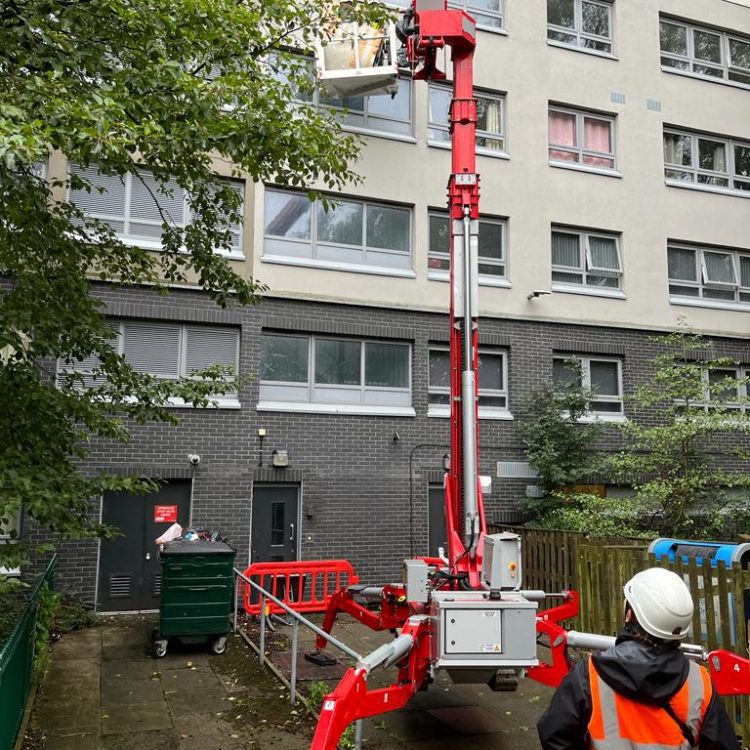
Structural Safety Equipment
Deadweight Anchors
A deadweight anchor, also known as a gravity anchor or deadman anchor, is a type of temporary anchoring system used in various industries, including construction. Its primary function is to provide a secure point of attachment for ropes, cables, or other equipment, offering stability and preventing movement or displacement. Deadweight anchors derive their effectiveness from their substantial weight, which holds them firmly in place.
In construction, deadweight anchors are frequently employed for temporary purposes, such as securing scaffolding or providing fall protection. Workers use these anchors to prevent the unintentional movement or dislodging of structures or equipment that may occur due to wind, vibrations, or other external forces.
Mobile Deadweight Trolley:
A mobile deadweight trolley in construction serves as a portable load testing system used to verify the structural integrity and safety of various construction components and equipment. Its primary function is to simulate and apply controlled loads to structures, cranes, hoists, lifting equipment, and other elements to ensure they meet safety standards and performance specifications.
Load testing using a mobile deadweight trolley is a crucial step in obtaining safety certifications and compliance with industry regulations. It ensures that construction components and equipment are safe for use and meet specific load-bearing capacity requirements.
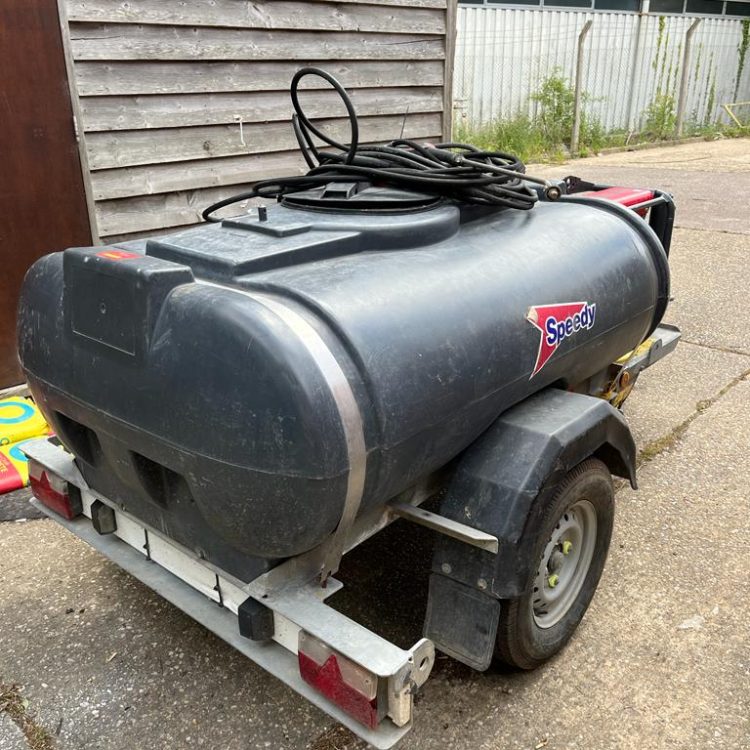
Miscellaneous
Glass Vacuum Lifters:
Glass vacuum lifters are specialized lifting devices designed for handling large glass panels, windows, and other fragile materials. They use vacuum suction cups to create a secure grip on glass surfaces without causing damage or leaving residue. The primary function of glass vacuum lifters is to lift, transport, and install glass panels in construction projects, glazing installations, and architectural applications. They improve safety and efficiency by reducing the risk of accidents associated with manual handling.
Abrasive Wheels
Abrasive wheels are indispensable tools for a range of tasks. Their primary function is to remove material from workpieces through abrasive action. They’re used to cut through materials such as metal, concrete, and ceramics, creating precise cuts, as well as to smooth surfaces, and achieve desired finishes by grinding down material.
Additionally, they play a crucial role in deburring construction parts and even polishing materials to a high-gloss finish. Safety measures, including the use of personal protective equipment and wheel guards, are paramount when using abrasive wheels in construction to safeguard employees against any excess material or flying debris.
Commercial Jet Washer
Commercial jet washers serve a pivotal role in building maintenance and cleaning. In facade cleaning, they use high-pressure water jets to efficiently remove dirt, grime, and pollutants from building exteriors while preserving architectural integrity. When paired with the DOFF cleaning system, jet washers apply low-pressure superheated steam and water to gently clean sensitive materials, such as historic brickwork, by dissolving biological growth and graffiti. For internal high-level support cleaning, jet washers are adapted for indoor use, ensuring cleanliness and safety in elevated spaces by effectively removing dust, cobwebs, and contaminants from interior surfaces, including ceilings and beams. Their versatility and adjustable pressure settings make them indispensable tools for a wide range of cleaning applications in commercial and industrial settings.

